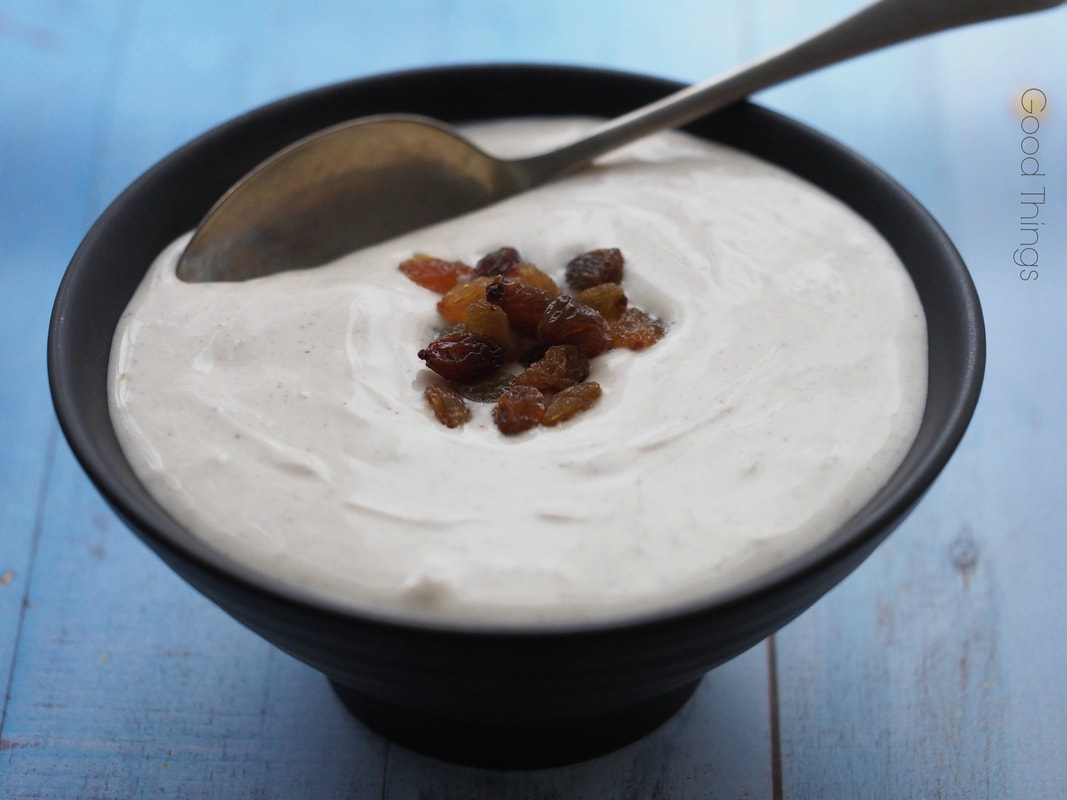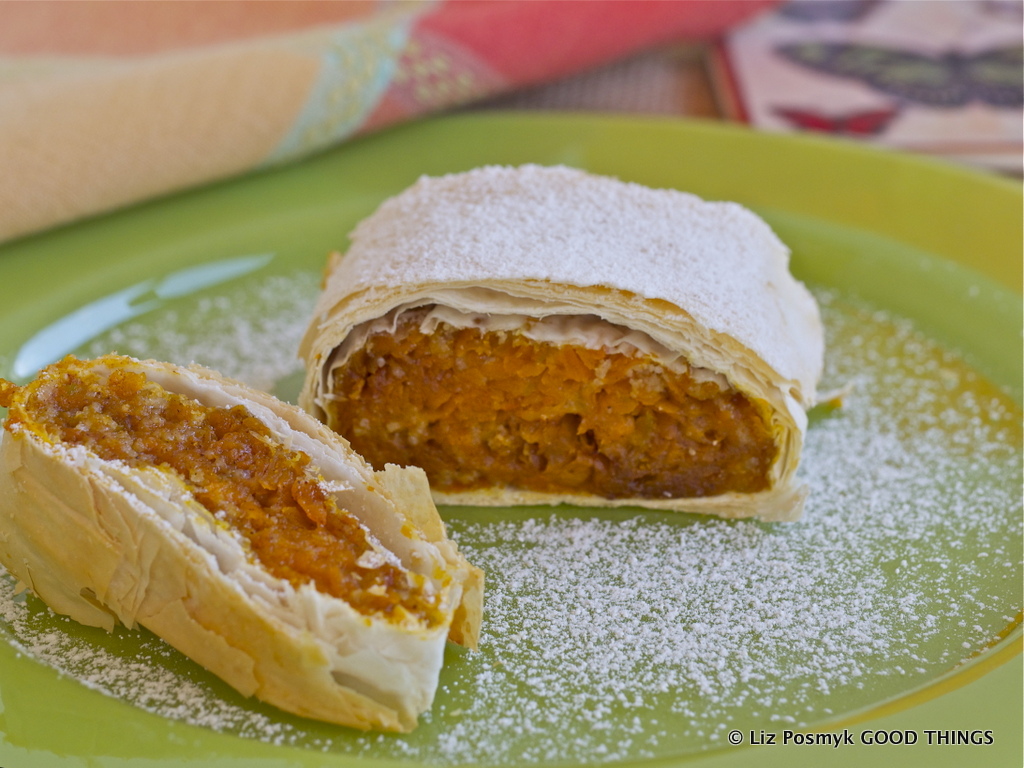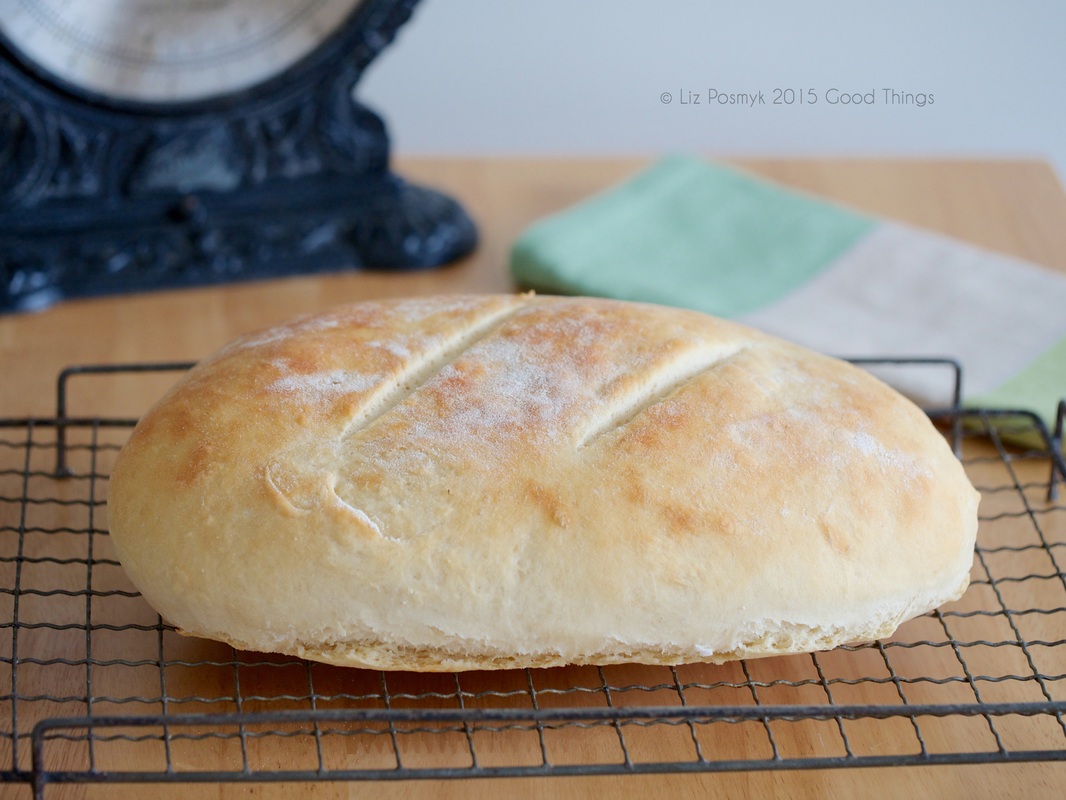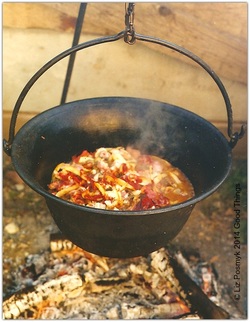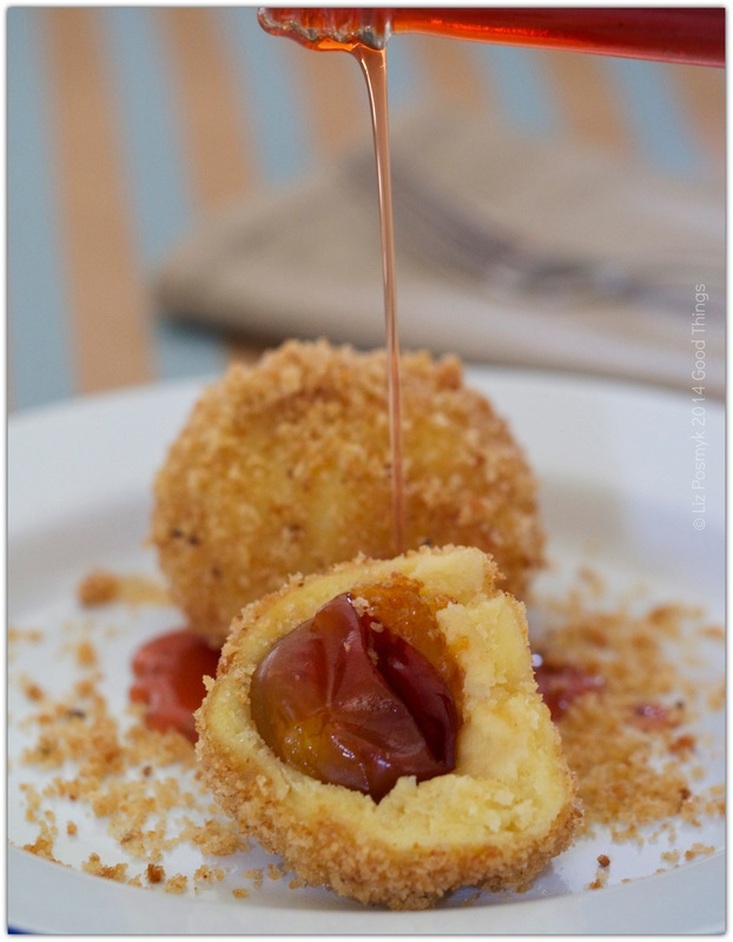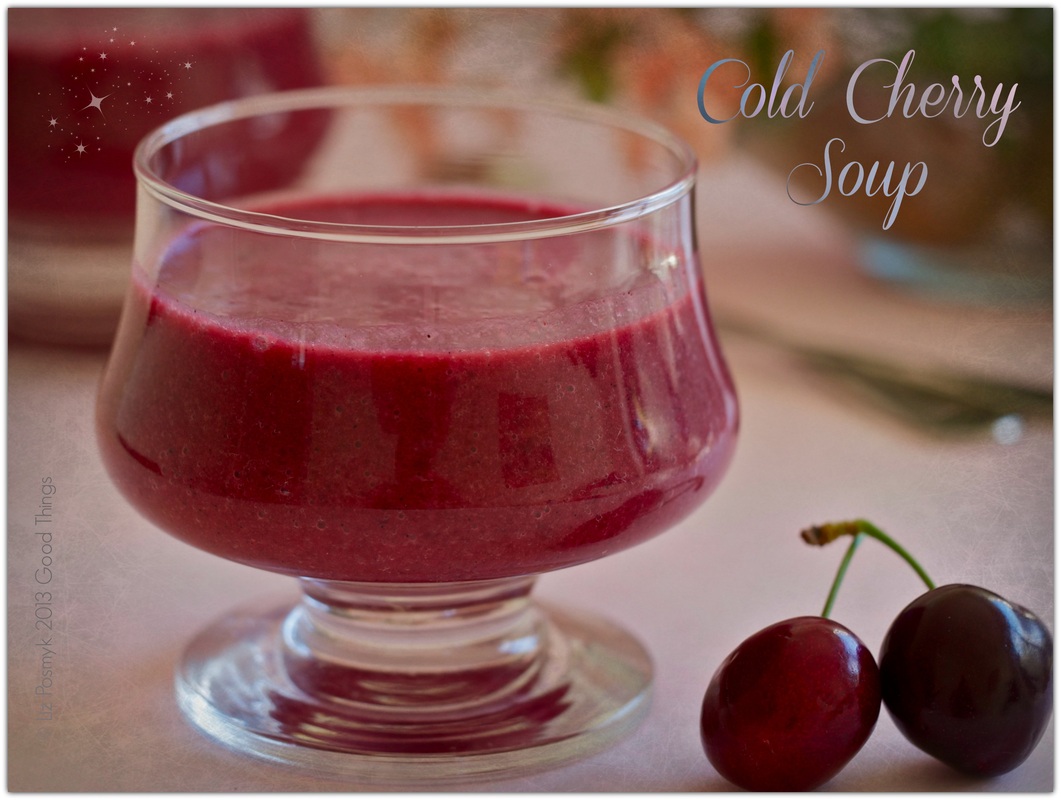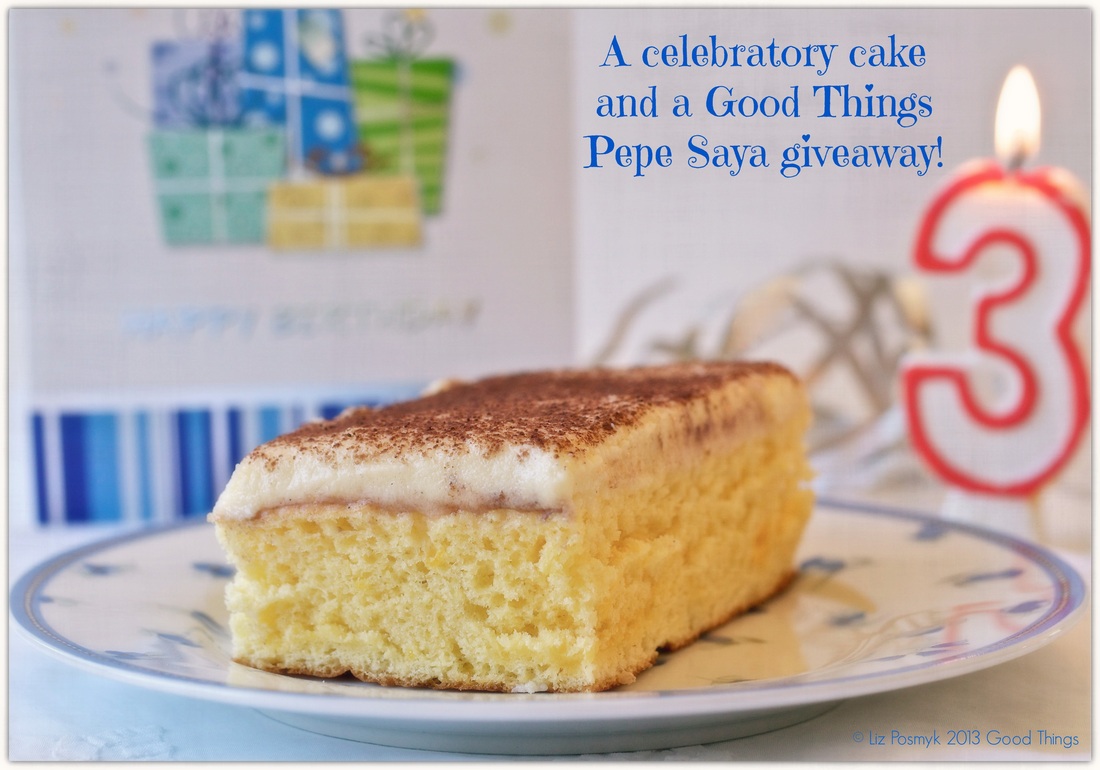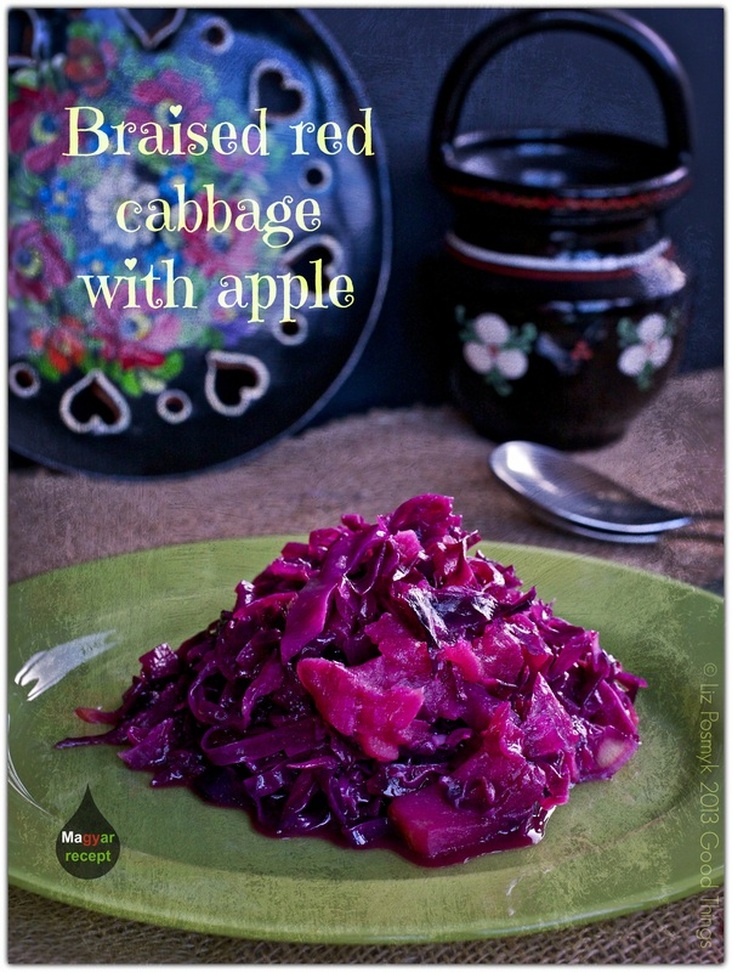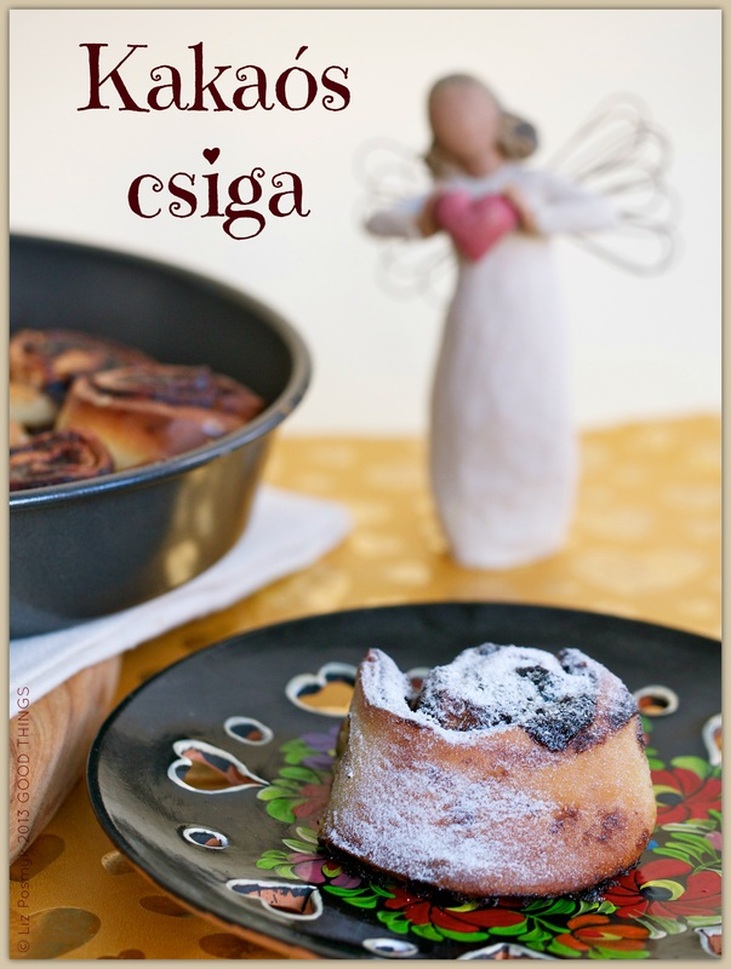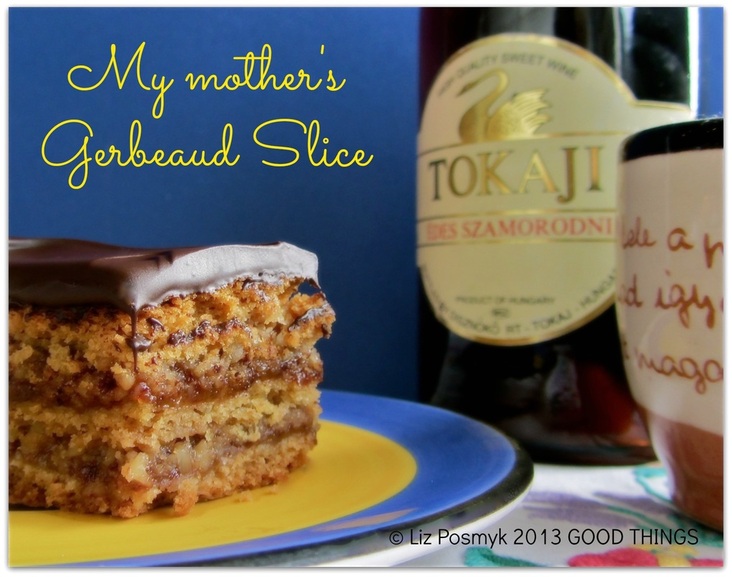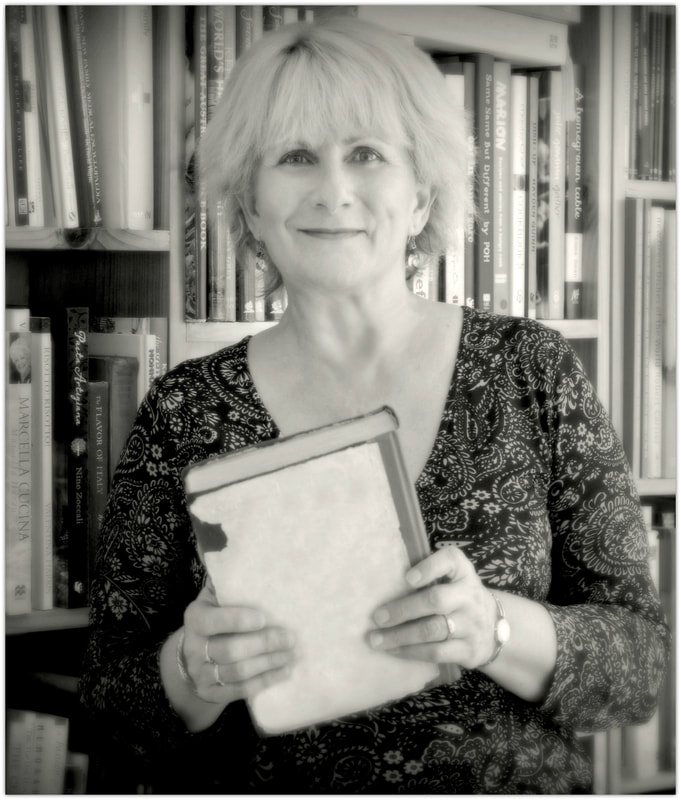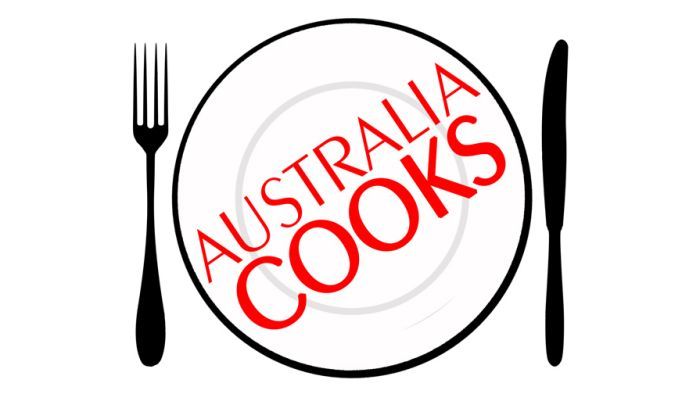|
Browsing in local food markets, delicatessens, butcher shops, greengrocers, bakeries and supermarkets is among the "must-do's" whenever Peter and I spend time overseas. To us, this pastime is almost as enjoyable as visiting museums. Hence, our preference is to rent an apartment with a fully-equipped kitchen. That way, we can live, shop and cook like the locals.
22 Comments
The time has come for me to confess to a relationship I've enjoyed since I was a little girl. A spicy, delicious and sweet love affair that I have often shamelessly fantasised about. It's baking day and as I open the oven door, the heady aroma of freshly baked bread brings me to reflect on the summer of '94 spent with my family at Budaörs on the outskirts of Budapest. It would be little wonder if Hungarian goulash had complained of an identity crisis over the years. Recognised internationally as a stew (and frequently bastardised in various ways), the famous icon of Hungary is a thick and wholesome soup named after the nomadic Magyar herdsmen or gulyás of the Great Plain.
In The Cuisine of Hungary (Penguin), George Laing explains that goulash is [one of] 'the four pillars of Hungarian cooking' and the origins can be traced back to the ninth century, when 'the ancient Magyars dipped into the gulyás with their wooden spoons'. Yeah, those guys knew how to eat with gusto!
At its best, goulash is cooked outdoors in an iron kettle or bogrács suspended over an open fire (per my cousin György's method in the photograph above). Add a generous blob of pork lard during the cooking (if you dare) and make sure you have large chunks of home-baked bread sliced and ready. Then invite a loud and ravenous family over, and finish off with Liszt’s Hungarian Rhapsody belting out from the ipod dock. If you don't happen have a bogrács, which Hungarians transport to picnics much like other nationalities might do with a picnic basket or an esky, then cook your goulash in a soup pot indoors. Jó étvágyat kívánok! Enjoy. GOULASH THE WAY MY MOTHER TAUGHT ME (Gulyás) 1-2 tablespoons oil 2 brown onions, chopped 1kg beef shin (or stewing steak), cubed and trimmed of fat 1 tablespoon Noble Sweet Hungarian paprika 2 carrots, peeled & cut into chunks 1 green capsicum, sliced 1 tomato, chopped 1 teaspoon salt (to taste) up to 2 litres water 3 potatoes, peeled and quartered a few sprigs of parsley a few caraway seeds (entirely optional) Heat the oil in a large saucepan or stock pot and saute the onions until they are just golden. Add the beef and cook it until it is well browned. Stir in the paprika, carrot, capsicum, tomato, salt and one litre of water. Bring the soup to the boil, the lower the heat, cover the pot and cook the goulash gently for up to two hours. At this stage, add the potatoes and parsley, and up to an additional litre or so of water (less if you prefer a less liquid Goulash). Then simmer until the potatoes are tender. Serves 6. PINCHED NOODLES (Csipetke) 11/2 cups plain flour 1/2 teaspoon salt 2 tablespoons water 1 free range egg Combine the ingredients in a bowl and mix well. Knead to a firm, dry consistency. Grate directly into simmering soup or pinch off 1 cm pieces and drop into the soup. The noodles are ready when they rise to the top. Serves 6. Note: Please respect my literary work and do not copy. Kindly ask permission before re-blogging. Please provide full acknowledgement to Bizzy Lizzy's Good Things with a visible link back to my original blog post. 'Come and eat some gomboc,' my mother would say to me in Hungarian when I was a child. 'Köszönöm, nem kérem,' I would reply, shaking my head vigorously. In my mind I had somehow confused the word gomboc, or dumpling, with the word gomba, which means mushroom in Magyar. And the thought of a mushroom encased in dough and dusted with fried breadcrumbs simply didn't appeal to my very young taste buds. 'Gyere kislányom, a hideg meggyleves nagyon finom! (come my little girl, this cold cherry soup is really delicious!),' my mother, Irén, would say as she beckoned me to taste her freshly made, ice-cold soup. Clearly she loved it, and indeed it must have been very good. For with each spoonful she would close her eyes, form a smile, raise her shoulders towards her neck (as you do when something is immensely pleasurable), and make the 'Mmmm' sound. Actually I can still see the look of bliss on her face... it was as though this lovely lady, who had lived a much harder life than most of us could imagine, had just died and gone to heaven. Bizzy Lizzy's Good Things turned three in August and to mark the occasion I ate cake for breakfast this morning, and I think I might just eat some more for lunch and dinner. My friend, Pierre Issa, a.k.a. Pepe Saya, has partnered with me in the celebration and, thanks to his generosity, I have a delicious competition and prize giveaway for my readers. Growing up in a migrant family in Australian suburbia in the 1960s had its challenges. We were 'different' you see. For starters, we were relatively poor... my parents had survived the war in Europe and fled Hungary after the Russian uprising in 1956, arriving in Australia with a couple of suitcases and three children. We spoke Hungarian at home and, when speaking in English, my parents had quite marked (but rather delightful) accents. Although a baker made his morning rounds delivering sliced white bread to people's doorsteps, we ate crusty 'Continental' bread which we dipped into a kind of milky Café au lait that mum cooked on the stove every morning. 'Life isn't a matter of milestones, but of moments.' I've never been much of an adventurer and can safely say, whether I like it or not, wanderlust simply isn't part of my makeup. That said, I do enjoy travelling now and then, and hope to do some serious sightseeing in Australia and abroad with my partner in coming years when we retire. We have a few must-see destinations on our bucket list, which include places that renowned cookery writer, Diane Holuigue, so eloquently refers to as 'the well known byways' and 'well-worn paths trodden along the sights (sites) that best delineate the beauty of a region.'
One of our plans is to enjoy coffee and cakes (note plural) at the iconic and elegant Gerbaud coffee house in Budapest’s Vörösmarty Square. The one and only time I've been to Gerbeaud, was in 1994, when I visited relatives across Europe with my parents and my young son and daughter. It seems like such a long time ago now. |
Welcome...Üdvözölöm
Cooking and writing have been a lifelong passion. Join me as I share with you my favourite recipes; postcards and morsels from my travels; conversations with cookery writers and chefs; and news on food, cookbooks and cooking. - Liz Posmyk
All
NB: I use Australian standard measuring cups and spoons in my recipes.
|
